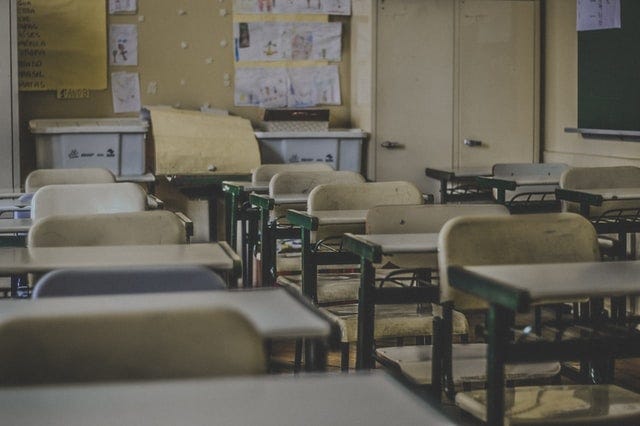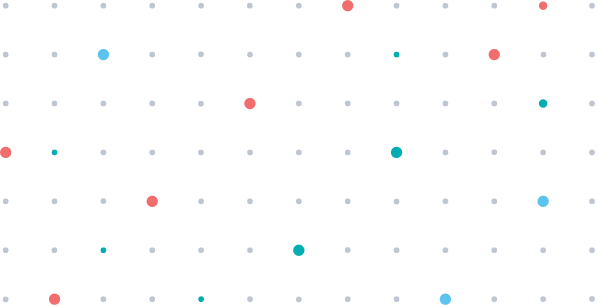[Cross-posted from the BELE Network Medium]
By Catherine Holahan & EducationCounsel
The K-12 public education system has a long way to go towards providing truly equitable student experiences and outcomes for students — ones that prepare them to thrive in school and beyond. We know that in order to create equitable learning environments we must aspire to a number of key characteristics for schools — including culturally affirming curriculums, safe and empowering climates, and flexible designs that meet the needs of all learners.
It is also well known that without resources that are adequate and distributed equitably, it is nearly impossible to achieve a quality learning experience for every child. Unfortunately, the reality of the public education system is that funding has long been tragically inequitable, with the schools serving high-need students often receiving the least funding.
Perhaps more so than ever before, budget priorities and the distribution of resources will dictate our experience in a post-COVID world, and our schools will certainly feel the ripple effects of diverted funding and restructured priorities. The way in which decision makers navigate this financial challenge will have a lasting impact on a generation of young people — particularly on those who have been least served by our education system to date.
There is no “one size fits all” solution that we can prescribe to address the impending challenges. There is only the broad truth that district and school budgets will be reduced come the new school year, and the impact will be different in each state depending on how state and local leaders have chosen to fund public education in the past and the choices they make in managing the COVID-19 crisis. To make matters worse, this is happening at a time when students need more, not less, from our schools. The COVID-19 crisis has increased the need for additional learning time, as well as increased mental and physical health support. The crisis is also serving to highlight and widen existing disparities, with students from low-income families more likely to experience lost learning time, food insecurity, or lack of access to the internet or devices for online learning.
Nonetheless, there are key themes that districts need to consider as they try to build back better for all students. We have to first recognize and stay ruthlessly focused on what is essential for student learning. Student learning is more than just a process where they show up in the morning, leave in the afternoon, and come away educated. It is a holistic experience that is shaped by their teachers, their opportunities, and their environments — so it is these areas that require our attention and resources to come back better and stronger after COVID-19. At the present, this means following the funding from the top down to ensure that funding at every level is targeted to ensure that schools are receiving the funding they need to meet the needs of every student, and particularly those students with the greatest needs.
The most important thing right now is to remember that without equitable funding, schools will not be able to provide equitable learning environments. It is critical that elected leaders and policymakers are intentionally viewing resource decisions through an equity lens, being mindful of the disproportionate impact their decisions could have on the most vulnerable communities and students. The realized impacts of these decisions could mean less money in communities who need it the most, and a lesser educational experience for a generation of young people.
We’ve already seen how funding decisions made in the past have resulted in disparities for students who need resources the most. As recently as 2019, 15 states had a regressive distribution of funding for schools with high rates of poverty — meaning that schools with lower rates of poverty got more money, and schools with higher rates of poverty got less money. Additionally, 17 states had a flat distribution of funding — meaning that all schools got the same amount of funding, regardless of income. This ignores the fundamental truth that high-poverty districts need greater funding to fill in resource gaps and equitably educate students. It’s inequitable decisions like these that are going to be not only laid bare by COVID-19, but have their effects exacerbated in the face of further budget shortfalls.
The Alliance for Resource Equity outlines this relationship in their Dimensions of Equity Framework , which shows how school funding is directly tied to other critical aspects of equitable learning environments, such as the quality and diversity of teaching, student supports, and learning-ready facilities. The reality that decision makers must acknowledge is that equity of per-pupil spending is directly tied and positively associated with student outcomes — through factors such as class sizes, higher teacher compensation and retention, and early childhood support.
As we make our way through an ambiguous and uncertain COVID-19 landscape, we must be mindful of how the actions taken now will affect our communities and students in the coming weeks, months, and years. After a rocky transition to distance learning and wide variation of student experiences across the country, students deserve to return to learning environments that are ready to support them both emotionally and academically. We cannot assume that these conditions will manifest on their own — it is the responsibility of those holding the levers of power to ensure they become a reality — and a first step is through ensuring adequate and equitable funding. Together, we can build back better and do right by a generation of students — but only if we keep these principles in mind now when it matters most.
EducationCounsel is a mission-based consulting organization that combines its significant experience in policy, strategy, law, and advocacy to develop and drive policy initiatives — on the local, state, and national levels — to work toward closing opportunity gaps and improving education outcomes for all students. Learn more about their work at EducationCounsel.com


